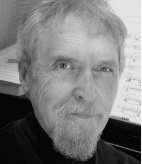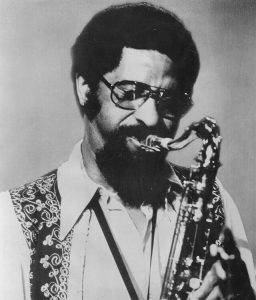Blog, Cuba, Travel to Cuba

We got back from Cuba on Sunday.
We were literally flying north as President Obama was flying south.
The trip exceeded even my wildest expectations and that’s because Ned Sublette was running the show. I can’t imagine a richer introduction to the country and its music.
Thanks to Ned, in ten days we were plugged into the Cuban music scene in ways that would have taken us a decade or two if we’d tried to do it on our own.
I’m going to have to go back and shoot some real video, but in the meantime, here are some short clips at the bottom of this page to give you a taste of some of what we experienced.
Havana Jazz Clubs
We’ve also added Havana to our featured list of jazz clubs on the blog.
Does Havana have a lot of jazz clubs?
No.
Are the ones they do have worth visiting?
YES!
The talent is sky high and there’s a lot of it. It would take weeks of going out every night just to scratch the surface.
Obviously, for Latin Jazz fans, Havana is heaven on earth, but the musicians there are taking the music in all directions at a very high level.
http://www.jazzonthetube.com/jazz-clubs/havana/
– Ken McCarthy
Jazz on the Tube
P.S. Our unique programming is made possible by help from people like you. Learn how you can contribute to our efforts here: Support Jazz on the Tube
Thanks.
Go to Cuba with Jazz on the Tube as your guide:
Click here for details
Blog, Cuba, Travel to Cuba

This coming March, I’ll be joining musicologist Ned Sublette and group of fellow travelers on a ten day musical pilgrimage to Cuba.
Cuba…
Unless you were a conscious music fan before January 3, 1961, you don’t know what it was like for there to be a fully open music channel between the musical superpower of Cuba and the US.
I sure don’t.
Little known fact: Havana and New Orleans were long time economic and cultural trading partners for centuries before the ruinous embargo.
You know all those brass instruments that were available so inexpensively in pawn shops in New Orleans that helped spark the jazz revolution?
They were leftovers from the Spanish-American War which saw thousands of US troops mustered in New Orleans for the invasion and subsequent occupation of Cuba.
Cuban musicians visited New Orleans in the pre- and early jazz era and many American musicians spent time in Cuba soaking up the sounds and inspiration which they then took back home.
There were three US military occupations of Cuba and New Orleans played a critical logistical role in each one. Note the dates they played in the critical formative period of New Orleans jazz.
1898 to 1902
1906 to 1909
1917 to 1922
Every one of these occupations involved military bands with musicians who stayed and played – and listened – on the island for months and in some cases years.
When Jelly Roll Morton, the self-described “inventor” of jazz, talked about the importance of the “Spanish tinge” in jazz, he wasn’t talking about music from Spain or Peru. He was talking about Cuba specifically.
Later, in 1941, the most recorded drummer in history, the incomparable Earl Palmer, a New Orleanean, stowed away as a 16 year old for a three day visit to Havana.
Here’s what he remembered:
“Do you realize Havana, Cuba in 1941 was one of the wildest places on earth? (With) music hipper than anything I’d heard to that day.”
Remember he was coming from New Orleans and saying that.
Years later when Tad Jones, the music historian and researcher, asked Palmer what was different about New Orleans drumming, he said, “Latin music.”
Before 1959, the city “closest” to Havana was not Miami or Tampa. It was New Orleans and if New Orleans is the birthplace of jazz, Havana is the music’s cousin, at the very least.
I’ll be posting photos, reports and, when I can get the permission of musicians, video clips…
Stay tuned!
– Ken McCarthy
Jazz on the Tube
P.S. Our unique programming is made possible by help from people like you. Learn how you can contribute to our efforts here: Support Jazz on the Tube
Thanks.
Go to Cuba with Jazz on the Tube as your guide:
Click here for details
Blog, Chroniclers, Producer-Presenters
 New Orleans poet Chuck Perkins and Jazz on the Tube’s Ken McCarthy
New Orleans poet Chuck Perkins and Jazz on the Tube’s Ken McCarthy
After the 2005 levee collapses (don’t call it “Katrina”), Jazz on the Tube’s Ken McCarthy started visiting New Orleans.
After a few week-long visits here and there, he started spending nearly half of every year there, arriving in December and leaving after Jazzfest.
One of his projects was advising levees.org, a relationship that continues to this day.
He also created an online fundraising system for the New Orleans Musician Clinic that earned an average of $1 for every web site visitor and and an average of $10 for each subscriber at the point of opt-in before they were formally asked for a donation.
In the years right after the levee failures, understanding of the severity of the challenges the city faced and its need for ongoing support was limited both in the US and overseas.
To help with this situation, Ken arranged for New Orleans musicians to perform in New York and in the UK, a venture he called FoodMusicJustice.
One of the projects was a tour of England for New Orleans poet and impresario Chuck Perkins.
Chuck’s tour reached its high point with him being invited to perform at the Manchester Poetry Festival, Europe’s biggest festival devoted to poetry, and later opening for Amiri Baraka at London’s South Bank Centre, the largest single-run theater complex in the world.
Here’s Chuck’s take on “Little Liza Jane”, a standard he turned into an anthem celebrating the heroic role New Orleans jazz musician’s played in helping bring the shattered city back to life after the second biggest engineering failure in human history.
Chuck’s tribute to the New Orleans musicians – “the artistic vanguard who came back when times where hard” – starts at 5:00
Ken goes back to New Orleans every year now, but now it’s only for a week or so at time.
At some point – maybe next year – he may organize a trip for interested Jazz on the Tube fans to meet the musicians, discover the clubs, and go deep into one of America’s greatest cultural treasures: the music scene in the great city of New Orleans.
Stay tuned…
– Lester Perkins
P.S. Chuck now has a radio show on WBOK.FM in New Orleans four days per week which can be streamed free anywhere in the world.
Blog
Player
Download the mp3 here
A short list of some of the master musicians who passed in 2015
A jazz on the Tube playlist
1. Ornette Coleman (born 1930) – Lonely Woman
2. Harold Ousley (born 1929) – Paris Sunday
3. Phil Woods (born 1931) – Senor Blues
4. Gunther Schuller (on Miles Davis recording) (born 1925) – Moon Dreams
5. Smokey Johnson (born 1936) – It Ain’t My Fault
6. Jerome Cooper Quintet (born 1946) – Moments
7. Bo Dollis (born 1944) – Shoo Fly
8. BB King (born 1925) – Why I Sing The Blues
9. Allen Toussaint (born 1938) – Southern Nights
Click here for
2024
2023
2022
2021
2020
2019
2018
2017
2016
– Ken McCarthy
Jazz on the Tube
P.S. At the end of every year, we put together a short (and frankly incomplete) playlist to honor some of the giants who passed in the previous year.
It’s a bittersweet project.
Sorrow at the loss of such great souls…Joy in the appreciation of what beautiful gifts they made to all of us with their lives.
Join Jazz on the Tube fans around the world in celebrating and honoring these great artists – and please share the link.
Thanks.

Blog
Dear Jazz on the Tube:
Thanks for what you do.
I’m 77 and have spent my whole life playing jazz.
I’ve learned more from watching the treasures you’ve presented except for:
1. Standing next to Monk for a whole set at the 5 Spot
2. Sitting next to Bill Evans’ left elbow at the Bohemian Caverns
3. 3 feet from Teddy Wilson at The Showboat
4. 4 feet from McCoy Tyner at the Blues Alley
5. 2 feet from Bobby Thomas at the AbeArts Jazz Mecca
Your video discoveries continue to deepen my understanding.
Expect the best–
–Derwyn Holder
Website: Derwyn Holder

Blog
There are two common problems that Jazz on the Tube subscribers report to us:
1. “My email has stopped coming”
2. “The videos no longer play sound (or have some other weird problem”)
First, please be assured of two things:
1. We never unsubscribe anyone unless they ask us to
2. We never “turn off” anyone’s sound or block their videos.
So what’s going on?
Email problems
Some Internet service providers (ISPs) assume the “right” to block you from receiving mail from any source any time they feel like it.
Because JazzontheTube is a subscription service, some ISPs think that it’s OK to block our mail as suspected spam. I know: This is crazy because you subscribed and want to receive the emails. They don’t care.
Major offenders include Earthlink, AOL, Yahoo and Comcast, but they all do it from time to time.
If you’re not getting your emails, it’s because your ISP blocked delivery (or had a service outage) and failed to deliver our mail so many times that you were automatically unsubscribed by our email service provider. (Three failed deliveries and our service provider assumes your address is no longer working.)
The email solution
Try subscribing again
If that doesn’t work, trying subscribing using a different ISP.
You might also check your junk mail folder and/or make sure that you indicate to the email software on your computer that you want to receive our mail. There are so many email programs, I’m afraid we can’t describe the process for every one and you’ll have to figure it out locally.
Audio and other playback problems
This is a local problem so first try another browser. If that doesn’t work, try a different computer. If that doesn’t work, try a different computer in a different location (at your public library for example.)
This won’t necessarily solve your problem, but it will help establish whether the problem is browser-based, computer-based, or location-based.
We know that none of these solutions are great…
If it’s any consolation, I am routinely blocked for periods of time lasting from ten minutes to three days from accessing Google, Yahoo, Twitter, Facebook, YouTube and/or sometimes even my own server by a technical problem with an external router owned by my ISP (that would be Time-Warner.) They deny the problem and refuse to do anything about it.
The fact is that the Internet works, sort of, but it does not work all the time, and the people in the business of providing services generally don’t care about your individual problems. If a block or section of town loses its Internet connection, they will do something. Otherwise, they don’t have a clue and aren’t likely to get one.
I wish I had better news, but this is how things work. Sometimes I miss the old dial tone…
– Ken McCarthy
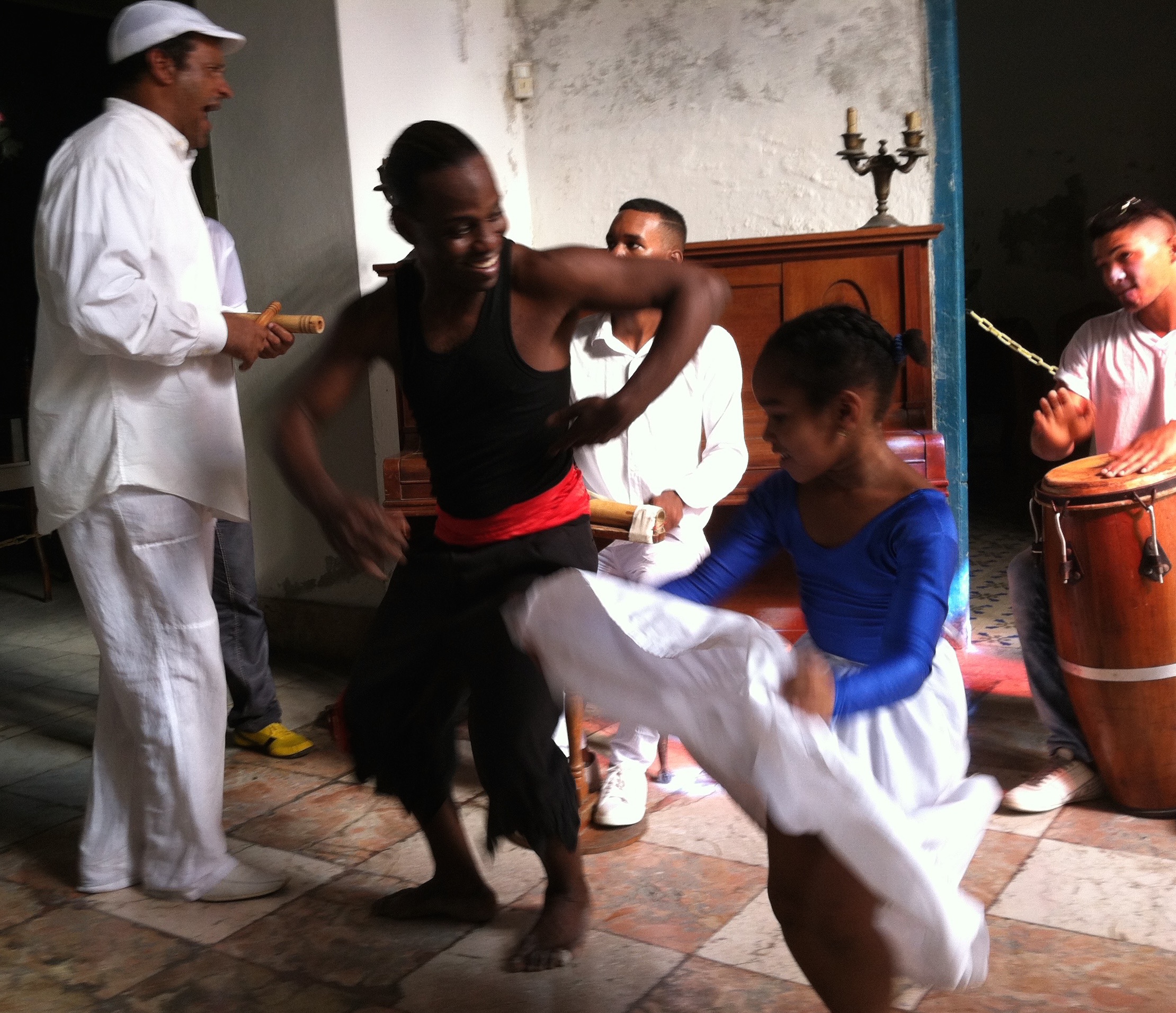

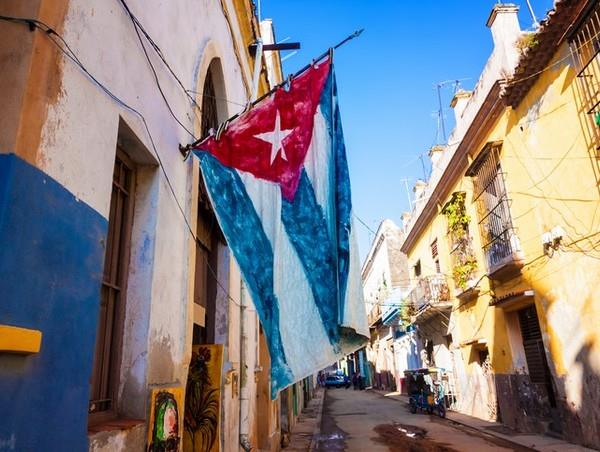
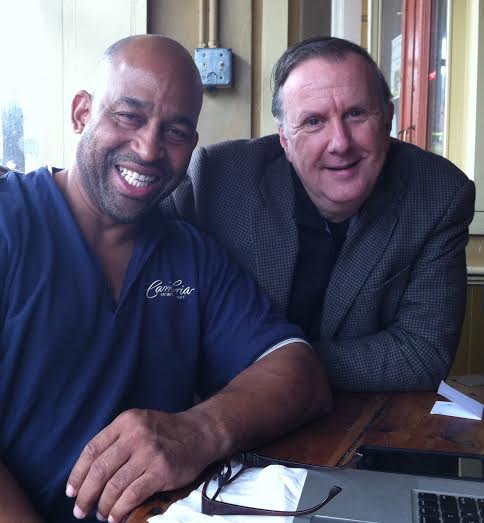 New Orleans poet Chuck Perkins and Jazz on the Tube’s Ken McCarthy
New Orleans poet Chuck Perkins and Jazz on the Tube’s Ken McCarthy